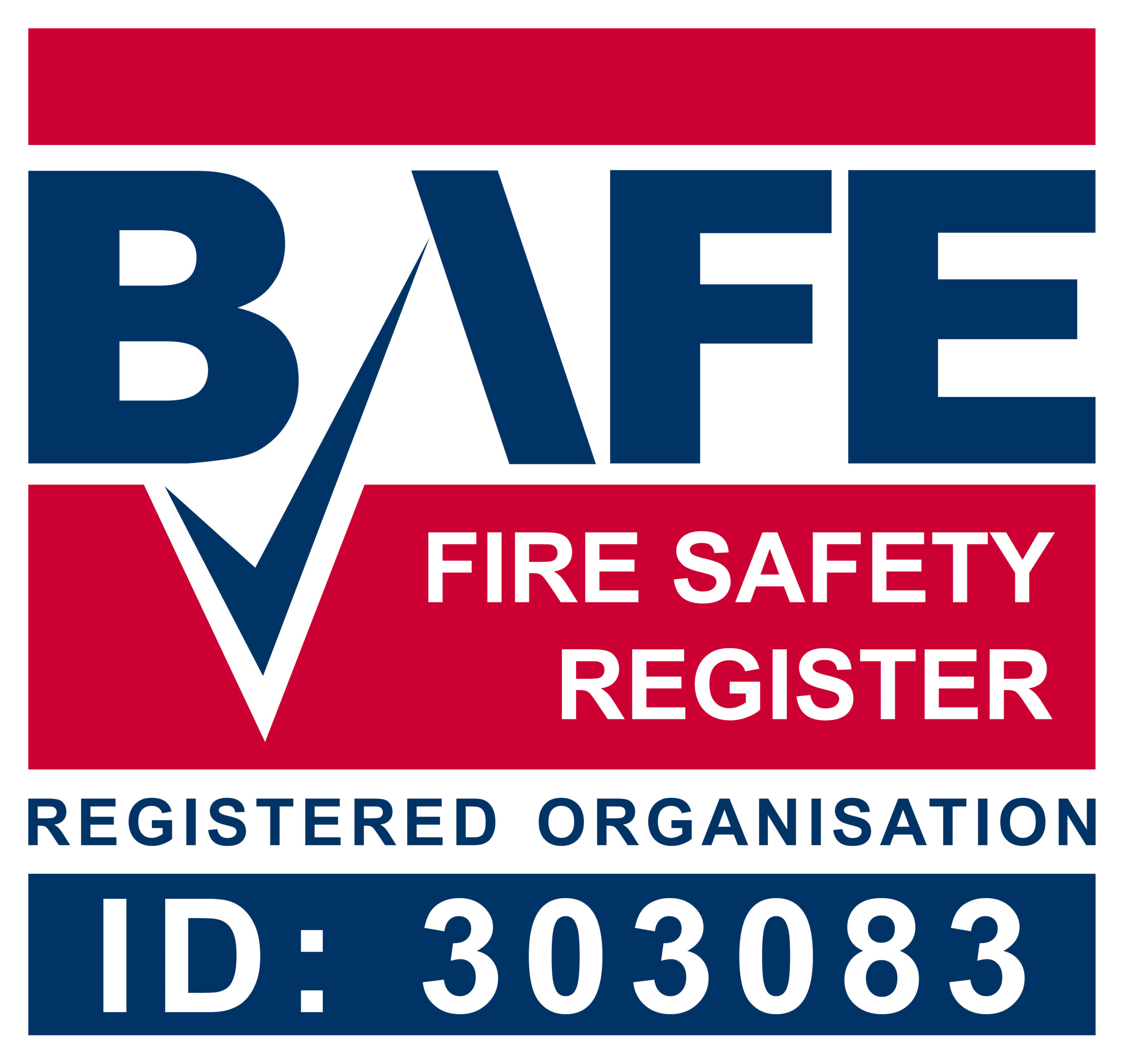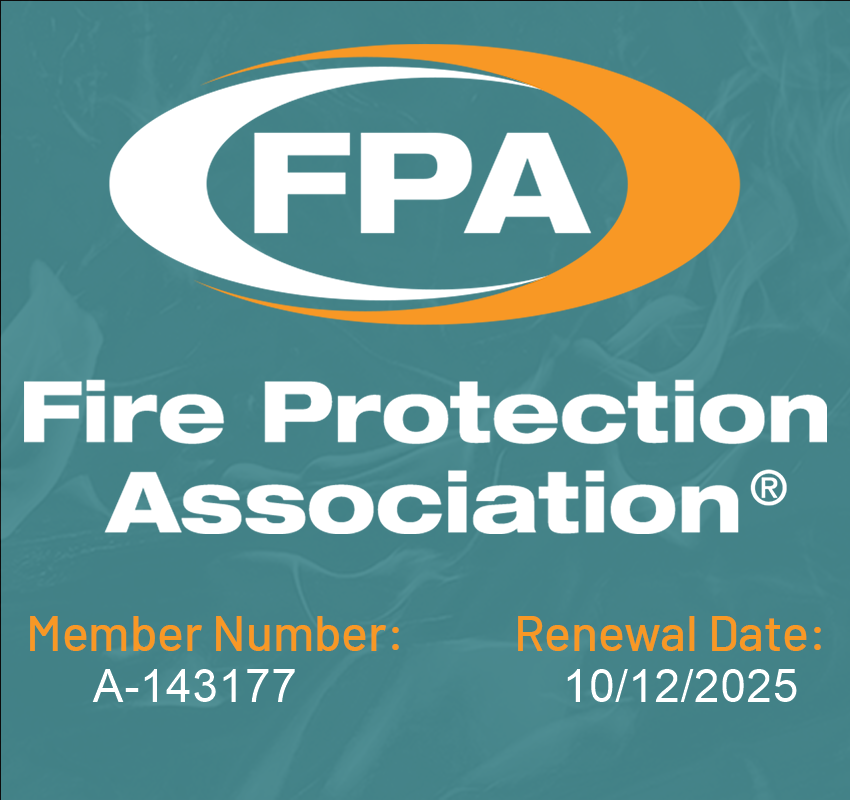The Importance of a Fire Safety Strategy in Healthcare Buildings
What are the various Fire Strategy types and their necessity for healthcare buildings?
In recent times, the fire safety landscape has undergone significant changes, prompted by events like the Grenfell Tower fire and other large-scale disasters. This has led many duty holders to reassess their approach to fire safety, prompting a closer examination of the different types of Fire Strategy services available and determining their relevance to their buildings.
A Fire Strategy serves as a comprehensive guidebook for a building’s fire safety measures, consolidating all pertinent information into a single report. Consulting a Fire Strategy typically addresses any queries related to fire safety within a building, facilitating easier review of safety measures and informed decision-making, such as determining safe occupancy levels. However, it’s not uncommon for Fire Strategies to be misplaced during property sales or management transitions, leaving duty holders without essential guidance.
What constitutes a Fire Strategy?
A Fire Strategy is a detailed document designed to ensure a building’s compliance with fire safety functional requirements outlined in The Building Regulations and Health Technical Memorandum’s (HTM’s). It incorporates value-engineering solutions to enhance overall safety. The functional requirements encompass various aspects, including means of warning and escape, internal and external fire spread, and access and facilities for the fire service. Typically, a Fire Strategy is developed during the design phase of new construction but can also be created before significant refurbishments or under certain circumstances post-construction.
The discussion on whether an existing property requires a Fire Strategy is elaborated in the ‘Types of Fire Strategy’ section below.
Fire strategies can manifest in diverse formats, with the most comprehensive being a documented report structured akin to a British Standard. Each functional requirement from B1 to B5 is addressed, accompanied by sub-sections covering specific aspects like management requirements, fire safety systems, compartmentation, building construction, and fire service access and facilities.
It should be noted that the Building Regulations 2010 are not retrospective, however recommendations are made to show how compliance with the Building Regulations 2010 can be achieved, where applicable the guidance at the time of construction may be quoted.
What are the Different Types of Fire Strategy Services?
To provide clarity, Fire Strategy services are categorised into three distinct types:
Fire Strategy for a New Development:
This report consolidates fire safety information specific to a new development, addressing design-related fire safety concerns. Property owners submit this report to Approving Authorities for review and approval alongside completed building plans.
Review of Fire Safety Measures:
Designed for existing properties, this report evaluates fire safety measures based on the current layout of the building, rather than focusing on compliance demonstration. It consolidates all fire safety information relevant to the property’s current configuration.
Retrospective Fire Strategy:
The retrospective fire strategy will apply the applicable guidance documents such as HTM05-02, BS9999, BS9991 etc. This document is intended to highlight the requirement of whilst considering this is retrospective strategy and possibility not all elements of this guidance document can be considered and if applicable will consider the guidance at the time of construction.
Similar to a Review of Fire Safety Measures but more comprehensive, this report justifies the building’s compliance and passing at the time of its development. It involves a thorough examination of past codes of practice and regulations to demonstrate compliance with The Building Regulations during initial construction.
How Can FSP Assist?
FSP offers strategic support to fulfill your fire strategy requirements efficiently. With a team of Chartered Surveyors and Fire Safety Engineers specialising in healthcare, FSP delivers cost-effective and compliant fire strategies tailored to buildings of various types and sizes. From new hospitals to existing healthcare facilities, such as community renal dialysis centres and ophthalmology clinics, FSP’s expertise covers NHS and private healthcare establishments across the UK. For further inquiries, reach out to us at FSP, and our team will gladly provide assistance.
If you need fire protection services of any kind, don’t hesitate to contact us today!









